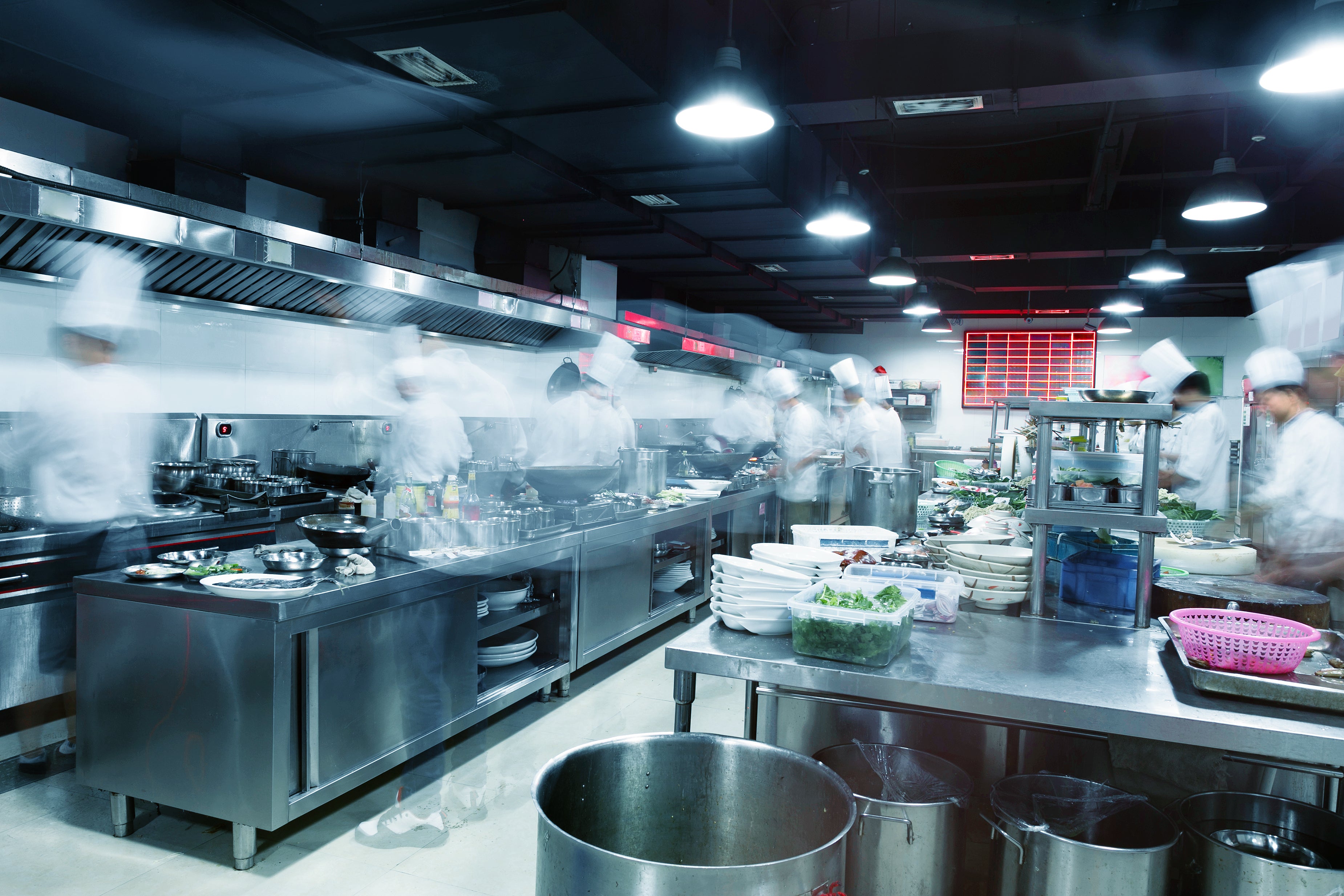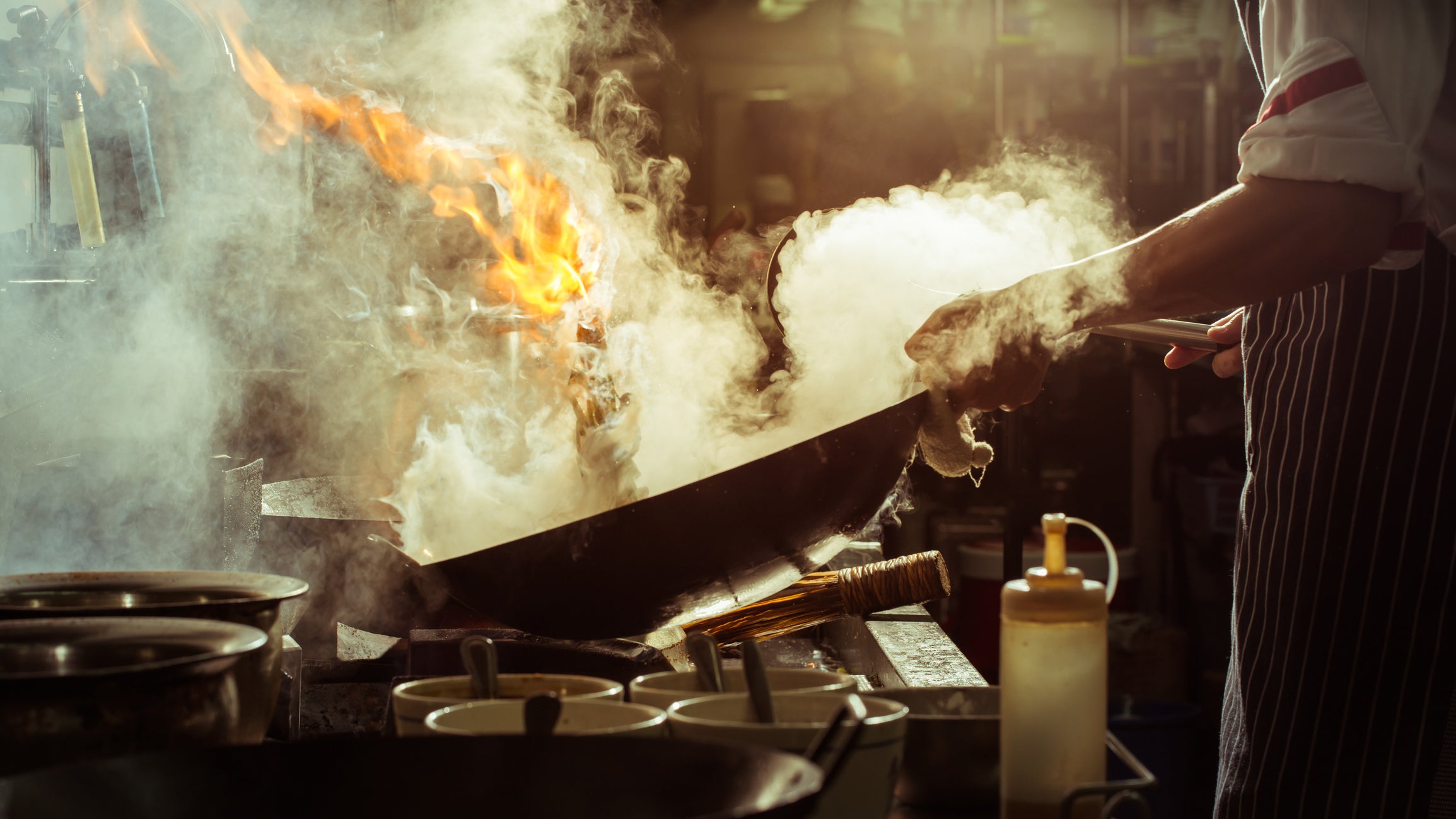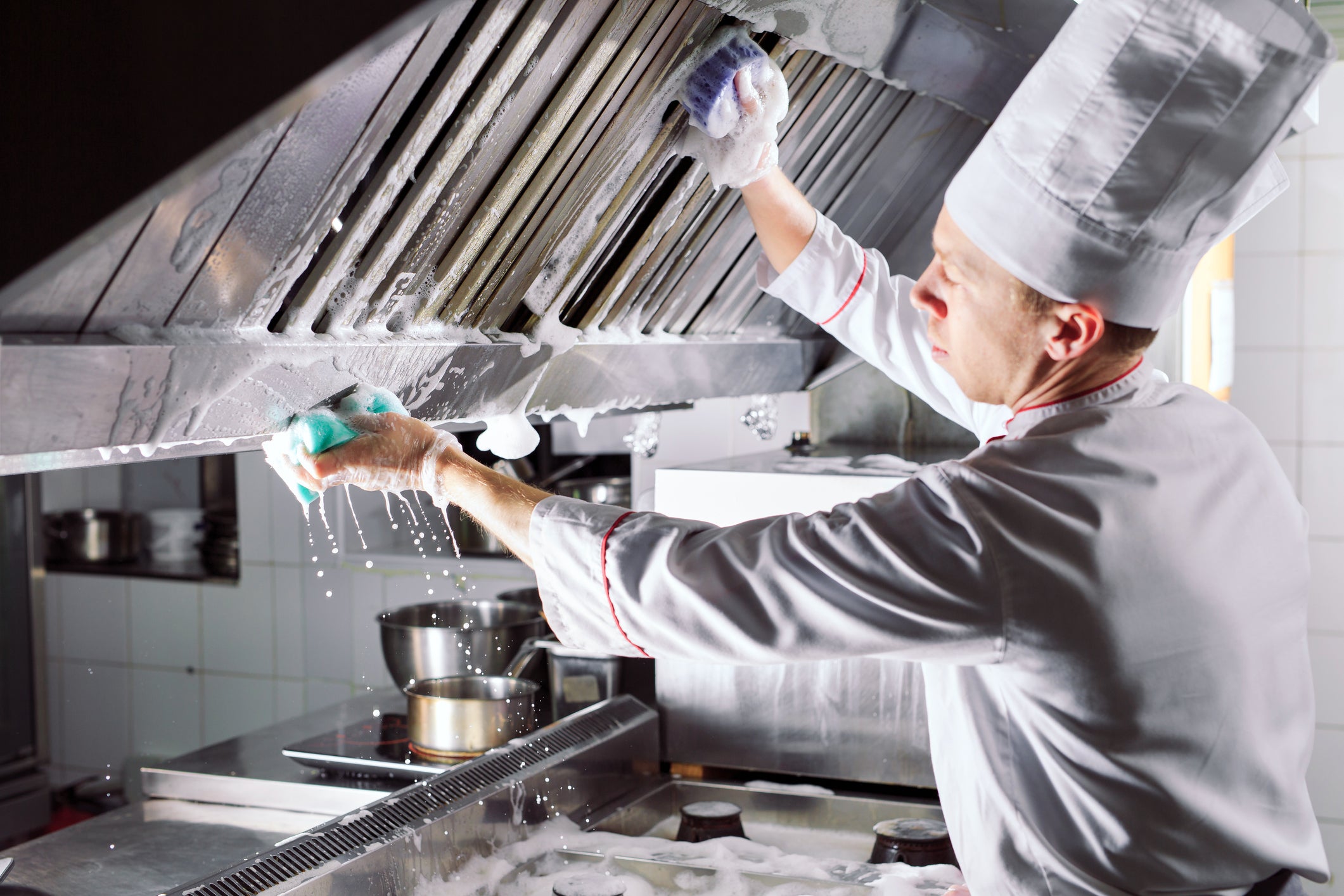- Finance
-
Equipment
- Beverage
- Coffee
-
Cooking
- Shop all cooking
- Bratt pans
- Char grills
- Chicken rotisseries
- Combi ovens
- Contact grills
- Convection ovens
- Conveyor toasters
- Cooktops
- Cooktop oven combos
- Crepe and pancake makers
- Deck ovens
- Fryers and oil filters
- Griddles
- Kebab machines
- Microwaves
- Pasta cookers
- Pizza ovens
- Range ovens
- Rice cookers
- Salamander grills
- Sous vide
- Speed ovens
- Steamers
- Tandoor ovens
- Toaster grills
- Waffle makers
- Wok burners
- Other
- Dishwashers
- Food display
- Food preparation
- Stainless steel
- Laundry
- Point of sale
-
Refrigeration
- Shop all refrigeration
- Blast chillers
- Chest freezers
- Countertop fridges
- Display freezers
- Display fridges
- Gelato freezers
- Ice-cream machines
- Ice machines
- Pizza prep fridges
- Refrigerated drawers
- Sandwich prep fridges
- Slushie machines
- Under counter freezers
- Under counter fridges
- Upright freezers
- Upright fridges
- Other
- Restaurant furniture
- Shop all equipment
- Customers
- FAQs
- Resources
- About Us
Share
Commercial Kitchen Hood Requirements
article
If you've ever worked in or owned a commercial kitchen, you know how important a properly functioning hood is.
Commercial kitchen hoods are essential for removing smoke, steam, and heat from the kitchen and preventing grease build-up, which can lead to fires.
In Australia, there are specific requirements for commercial kitchen hoods that businesses must comply with to ensure safety and efficiency.
In this post, we'll be discussing commercial kitchen hood requirements in Australia, including the types of hoods available, Australian standards, factors to consider when selecting a hood, and installation and maintenance.
Types of commercial kitchen hoods

When selecting a commercial kitchen hood, there are several factors to consider.
One of the most important factors is the size of the kitchen.
Canopy hoods are suitable for most kitchens, but if you have a large kitchen, you may need a larger hood to ensure that it captures all the cooking fumes and particles.
Ultimately, selecting the right commercial kitchen hood is crucial for ensuring the safety and efficiency of your kitchen.
Larger hoods are more efficient at removing smoke, steam, and heat generated by the cooking equipment.
They also provide more room for grease filters, which are essential for preventing grease build-up in the exhaust system.
The type of food being cooked is also an important consideration.
If you're cooking with a lot of grease, you may need a hood with a higher CFM rating to ensure that it's capable of removing all the grease and smoke generated by the cooking process.
On the other hand, if you're cooking with less grease, you may be able to use a smaller hood.
It's important to consult with a professional to determine the appropriate size and type of hood for your specific needs.
In addition to the type and size of hood, there are also different mounting options to consider.
Wall-mounted hoods are suitable for kitchens with limited space, as they can be mounted directly against the wall.
Island hoods, on the other hand, are suitable for open kitchens, where the cooking equipment is located on an island or a peninsula.
These hoods are suspended from the ceiling and are designed to capture fumes and smoke from all sides.
Custom hoods are also available, which can be designed to meet specific layout or design requirements.
Ultimately, selecting the right commercial kitchen hood is crucial for ensuring the safety and efficiency of your kitchen.
By considering the size of your kitchen, the type of cooking equipment you have, and the type of food being cooked, you can select a hood that's suitable for your specific needs.
Working with a professional to install and maintain the hood is also essential for preventing fire hazards and ensuring that the system is functioning properly.
Australian standards for commercial kitchen hoods

In Australia, commercial kitchen hoods are required to comply with the Australian Standard AS/NZS 1668.2:2012.
This standard sets out the requirements for the design, installation, and maintenance of ventilation systems in commercial kitchens.
To find the local requirements for AS/NZS 1668.2:2012 in your area, you can start by checking with your local council or building authority.
These organizations are responsible for enforcing building and safety regulations in your area, and they should be able to provide you with information on the specific requirements for commercial kitchen hoods.
These systems are designed to quickly detect and extinguish fires in the hood and ductwork before they can spread to other parts of the kitchen.
Another resource for finding local requirements for AS/NZS 1668.2:2012 is the Standards Australia website.
The website provides access to a range of standards, including AS/NZS 1668.2:2012, and you can search for the specific requirements for your area based on your location.
It's important to ensure that you are complying with the local requirements for commercial kitchen hoods, as these requirements can vary depending on the state or territory in which you operate.
One of the key requirements of the standard is that the ventilation system must be designed to capture and remove all fumes and smoke generated by the cooking equipment.
The hood must be sized appropriately for the cooking equipment and the volume of cooking, and it must be positioned correctly to ensure that all fumes and smoke are captured and removed from the kitchen.
The standard also requires that the ventilation system be designed to prevent the build-up of grease in the hood and ductwork.
Grease build-up can be a fire hazard, so it's important to regularly clean the hood and ductwork to prevent the accumulation of grease.
Another requirement of the standard is that the ventilation system be equipped with fire suppression equipment, such as automatic fire extinguishing systems.
These systems are designed to quickly detect and extinguish fires in the hood and ductwork before they can spread to other parts of the kitchen.
In addition to these requirements, the standard also sets out requirements for the materials used in the construction of the hood and ductwork, as well as requirements for the installation and maintenance of the ventilation system.
It's important to note that compliance with Australian standards for commercial kitchen hoods is not only a legal requirement but also crucial for ensuring the safety of your kitchen and your staff.
Failure to comply with these standards can result in serious consequences, including fines, legal action, and even closure of the kitchen.
To ensure compliance with Australian standards, it's recommended to work with a professional who specializes in the design, installation, and maintenance of commercial kitchen hoods.
A professional can help ensure that your ventilation system is designed and installed correctly, and that it's properly maintained to ensure the safety and efficiency of your kitchen.
Installation and maintenance of commercial kitchen hoods

Proper installation and maintenance of commercial kitchen hoods are essential for ensuring safety and efficiency.
When installing a commercial kitchen hood, several components are necessary, including the exhaust fan, ductwork, and make-up air system.
The exhaust fan is responsible for removing smoke, steam, and heat from the kitchen, while the ductwork transports the exhaust outside.
The make-up air system provides fresh air to replace the air that's being removed by the exhaust system.
It's important to have the hood installed by a professional to ensure that it's done correctly and meets the Australian standard.
Regular maintenance is also essential to ensure that the hood is functioning properly and to prevent fire hazards.
The hood, filters, and ductwork should be cleaned regularly to remove grease build-up and prevent fires.
The frequency of cleaning depends on the type of food being cooked and the volume of cooking.
For example, if you're cooking with a lot of grease, you'll need to clean the hood more frequently than if you're cooking with less grease.
In addition to cleaning, regular inspections of the exhaust system are necessary to identify any potential issues before they become a problem.
These inspections should be done by a qualified professional who can identify any deficiencies in the system and recommend necessary repairs or upgrades.
When selecting a commercial kitchen hood, it's important to consider the size of the kitchen, the type of cooking equipment, and the type of food being cooked.
Commercial kitchen hoods are essential for ensuring safety and efficiency in commercial kitchens.
In Australia, compliance with the Australian standard AS1668.2 is necessary to ensure the safety and efficiency of the exhaust system.
When selecting a commercial kitchen hood, it's important to consider the size of the kitchen, the type of cooking equipment, and the type of food being cooked.
Proper installation and maintenance of the hood are essential for preventing fire hazards and ensuring that the system is functioning properly.
Businesses that operate commercial kitchens should take commercial kitchen hood requirements seriously and ensure that their exhaust systems comply with the Australian standard.
Failure to comply with the standard can lead to legal consequences, fines, and closure of the business.
By following the guidelines outlined in this post, businesses can ensure that their commercial kitchen hoods are functioning properly and meet the necessary requirements for safety and efficiency.
